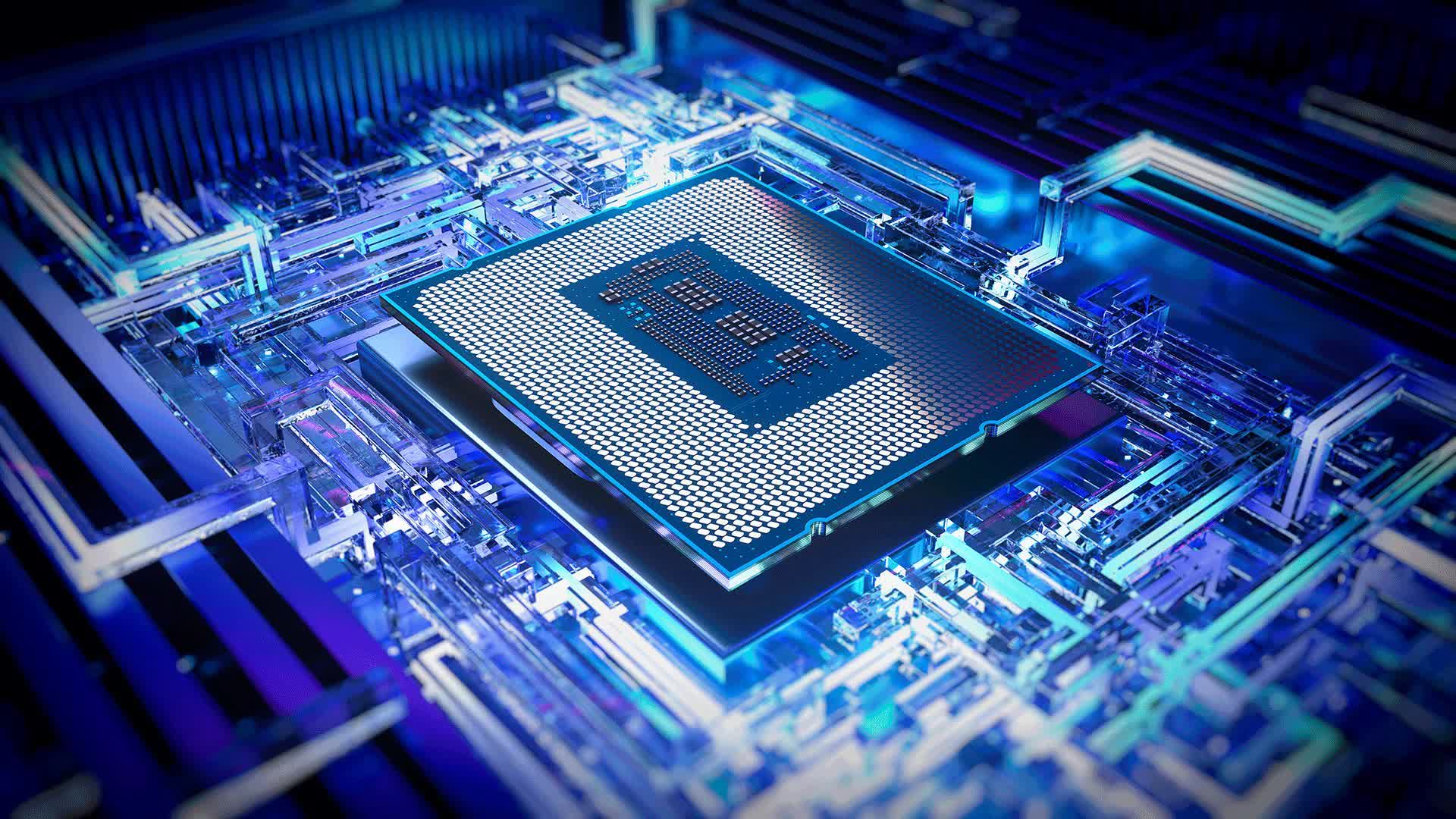Rumor mill: Earlier leaked information revealed most specs for non-K variants of Intel's latest-gen Core processors. This latest one however fills in important missing details, giving us a mostly complete picture of mainstream Raptor Lake CPUs a couple of weeks before their official unveiling and likely launch.
A trusted leaker has posted a retailer screenshot with the release dates, core counts, and tentative European prices of Intel's non-K Raptor Lake processors. Intel is expected to unveil the CPUs at CES 2023 on January 5, and the leak claims they will also go on sale that week.
The store listing also appears to confirm that non-K CPUs will have the same core counts as current K counterparts. The exceptions are the new i5-13400 and 13400F with 10 cores compared to current Core i5 model's 14.
The listed prices might seem high because they are early European targets. The final North American MSRPs will likely be lower. The same goes for the upcoming Asus motherboards the leak lists: an H770 and a few B760 models.
--- 188号 (@momomo_us) December 22, 2022
For those unfamiliar, Intel unveiled and released the 13th generation Core Raptor Lake processors in late October. K-series chips overclock more easily, making them attractive to enthusiasts. An F at the end of Intel CPUs' name indicates the absence of integrated graphics and usually a slight discounted price. T-series processors are underclocked, giving them lower wattage and cooling requirements.
Soon after the initial Raptor Lake launch, leaker @momomo_us revealed the clock speeds, thermal design profiles, dies, and L3 caches of every Raptor Lake processor with help from an earlier leak by Gigabyte. The core counts, release dates, and prices remained unclear until @momomo_us returned with that information this week.
As many expected, the two Core i9 models retain 24 cores (8 P-cores and 16 E-cores), while the i7s still feature 16 cores (8 P-cores and 8 E-cores). The Core i3 13100 will feature just 4 P-cores.
Initial Raptor Lake sales compared favorably to AMD's new Zen 4 CPUs. Factors holding back Zen 4 include its requirement for expensive new motherboards and DDR5 RAM, while earlier Zen 3 processor models and AM4 platform remain popular and affordable. Those factors could eventually reverse themselves, as the 14th generation Intel processors will move to an entirely new socket while Zen 4's successor won't.
